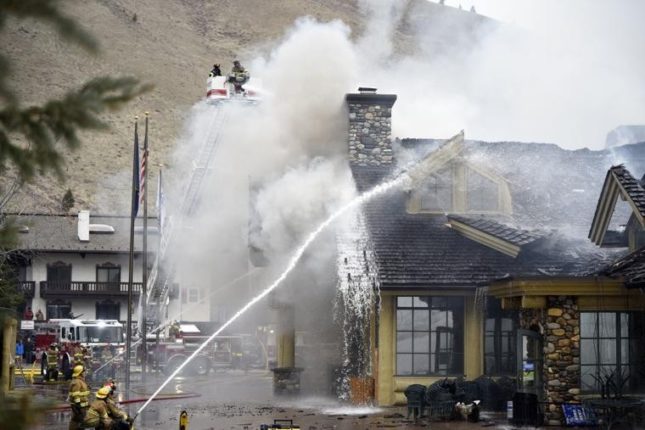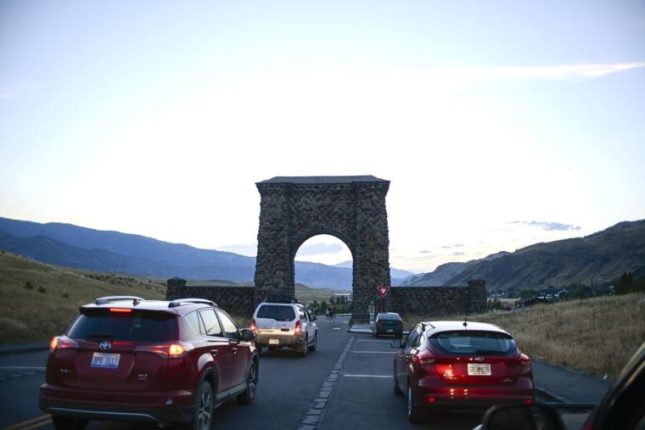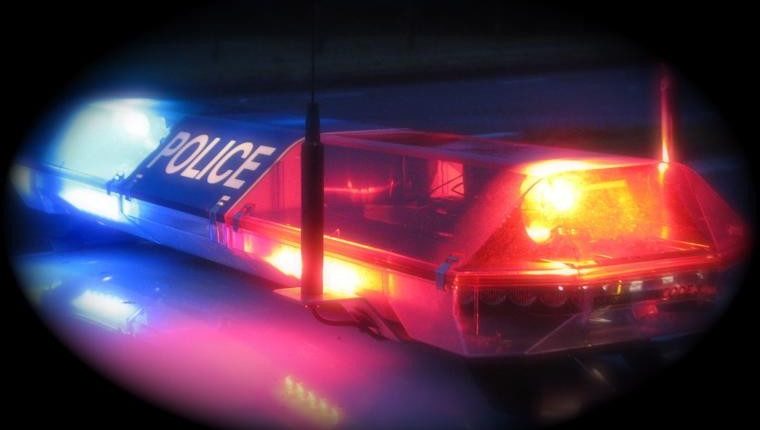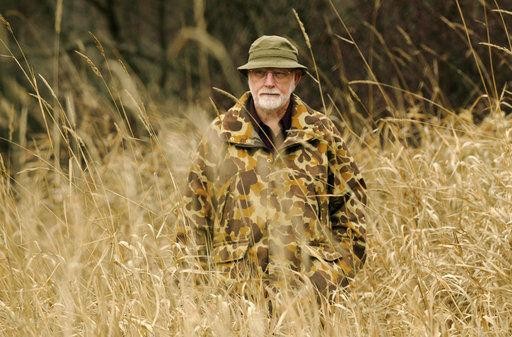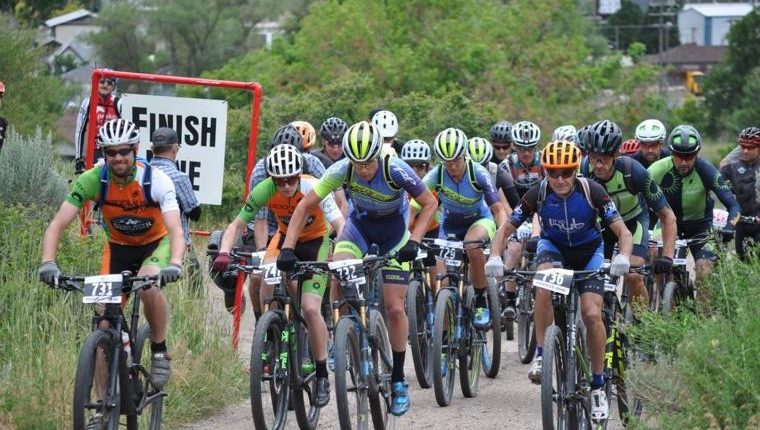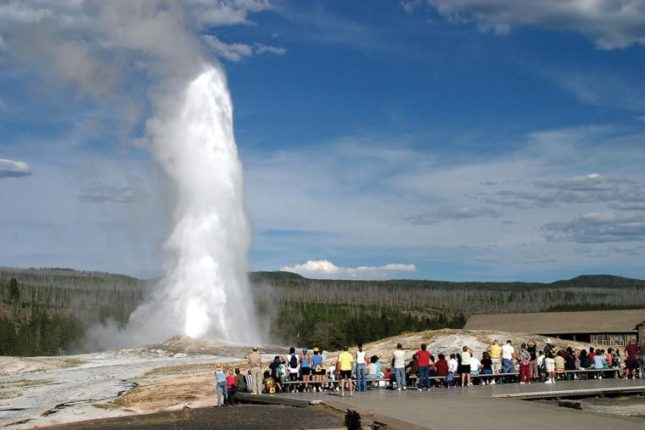KETCHUM, Idaho (AP) — A raging fire at a base lodge at Idaho’s famed Sun Valley Resort ski area heavily damaged the building just days after the ski season ended, officials said Thursday.
Flames were shooting 30 feet from the roof of the resort’s Warm Springs Lodge when police arrived at the scene Wednesday night and the fire was still burning Thursday afternoon, officials said.
There were no reports of injuries. The resort held its final day of skiing last Sunday.
No damage estimate was immediately available but it was difficult for firefighters to put out the fire because it got into a space between the building’s ceiling and roof, said Will Fruehling, chief deputy of the Blaine County sheriff’s office.
“I’m not a building expert, but when big portions of the roof are burned or gone or collapsed, I would find it hard to believe that it’s salvageable,” he said.
No employees were inside the building that had been closed for the season and there were no reports of injuries, said Sun Valley Resort spokeswoman Kelli Lusk.
Damage was estimated at more than $1 million, said Neil Bradshaw, the mayor of the town of Ketchum where the resort is located. He said an investigation into the cause will be conducted by the Ketchum Fire Department, Idaho State Fire Marshal Knute Sandahl, and the federal Bureau of Alcohol, Tobacco, Firearms and Explosives.
The ski area closed for the season last Sunday with events at the lodge that Ketchum Mayor Neil Bradshaw said brought the community together.
“I’m sure that this sad situation will also bring the community together in a way that we find a solution going forward,” he told reporters near the lodge. “This is important for our town, important for our valley, and we will work toward finding a good solution that works for our community.”
It wasn’t yet known if sprinklers inside the lodge had activated, Bradshaw said.
The lodge made of river stones and logs was built in 1993 and is one of two base lodges at different access points to the slopes of the 9,150-foot (2,789-meter) Bald Mountain.
Bald Mountain and Sun Valley Resort are consistently listed nationally as among the top destinations for skiers, and draws international visitors.
Bald Mountain, typically called Baldy by locals, has also produced some of the nation’s top alpine skiers and snowboarders.
Picabo Street learned to ski at Sun Valley and won a silver medal in the downhill at the 1994 Olympics in Norway and a gold medal in the super G at the 1998 Olympics in Japan.
Snowboarder Kaitlyn Farrington also learned at the resort and won a gold medal in the halfpipe at the 2014 Olympics in Russia.
The Sun Valley region became a seasonal destination for the elite after novelist Ernest Hemingway, who is buried in Ketchum, and other stars started visiting in the late 1930s.
